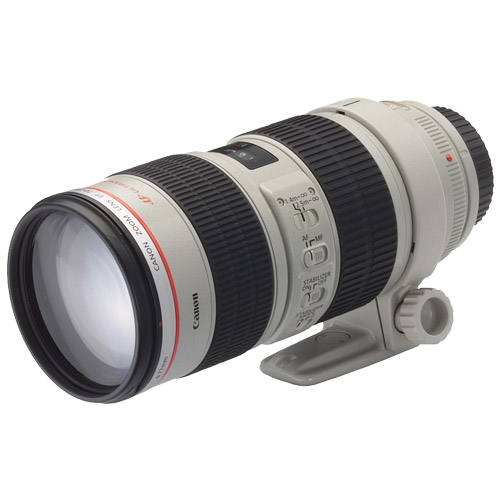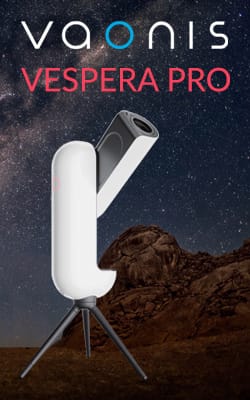Image stabilisation explained, in-body and lens
What is image stabilisation?
Image stabilisation is designed to enable you to take sharp images at slower shutter speeds than normal. Here’s the lowdown.
There’s an old guide that allows you to estimate the shutter speed that you need to use to avoid blur when you’re hand-holding your camera. All you need to do is select a shutter speed that’s at least the reciprocal of the effective focal length of the lens that you’re using. So if you’re using a 100mm lens, you need to use a shutter speed that’s at least 1/100sec on a full-frame camera – or 1/150sec if you’re shooting with an APS-C format camera.
However, it’s usually possible to shoot at lower shutter speeds if your camera or lens (or both) have image stabilisation built-in. Most manufacturers quote an extension value, often 3EV, 4EV, 4.5EV or more. For every EV or stop quoted you should be able to halve the safe-shutter speed, but bear in mind these tests are done in lab conditions and you need to find your own limit.

Lens-based stabilisation
The first stabilisation systems designed for photography were developed with film in mind, so they were built into lenses. A stabilised lens has an element or group of elements that can be moved to compensate for those tiny movements that you make as you hold a camera.
 If you turn the stabilisation off on a telephoto lens like the Canon EF 70-200mm f/2.8L IS II USM you’ll see much more shake through the viewfinder.
If you turn the stabilisation off on a telephoto lens like the Canon EF 70-200mm f/2.8L IS II USM you’ll see much more shake through the viewfinder. The Olympus OM-D E-M1 II’s hybrid stabilisation system is so good that with wide-angle lenses some photographers are able to take hand-held shots shutter speeds measured in seconds. It’s also extremely useful when you’re shooting video hand-held.
The Olympus OM-D E-M1 II’s hybrid stabilisation system is so good that with wide-angle lenses some photographers are able to take hand-held shots shutter speeds measured in seconds. It’s also extremely useful when you’re shooting video hand-held.
Movement sensors detect the speed, size and direction of the movement and then shift the stabilisation element to compensate and keep the image of the subject at the same point on the sensor or film frame, thus reducing blur.
Canon, Nikon, Panasonic, Sigma and Tamron all produce stabilised lenses.
The advantage of a lens-based system is that it’s perfectly suited to the focal length of lens in use and it’s able to make the large corrections that are required with long telephoto optics.
Sensor-based stabilisation
Cameras with sensor-based stabilisation have the same type of movement detectors as a stabilised lens – but instead of moving a lens element to compensate, the image sensor is shifted. This type of stabilisation is sometimes called sensor-shifting or in-body image stabilisation (IBIS).
Olympus, Pentax and Sony have been the main exponents of sensor-based stabilisation. The benefit of an in-body system is that it can be used with any lens that can be mounted on the camera.
Hybrid stabilisation
Lens and sensor-based stabilisation has proved extremely useful over the years but now Olympus, Panasonic and Sony have started to use both together to create hybrid systems that have far great stabilising power. The benefit of a hybrid system is that the camera can choose type of stabilisation to use for any given situation. It can also correct a wider range of movements, with 5-axis no being typical.

- By Matthew Ward
- 19 May 2017




























































